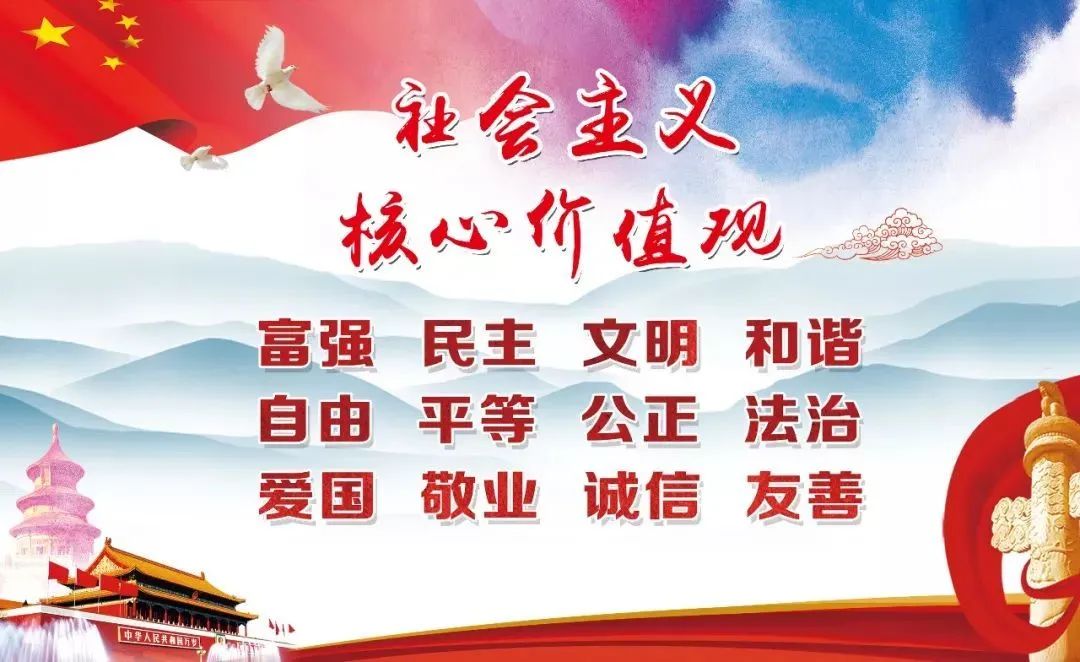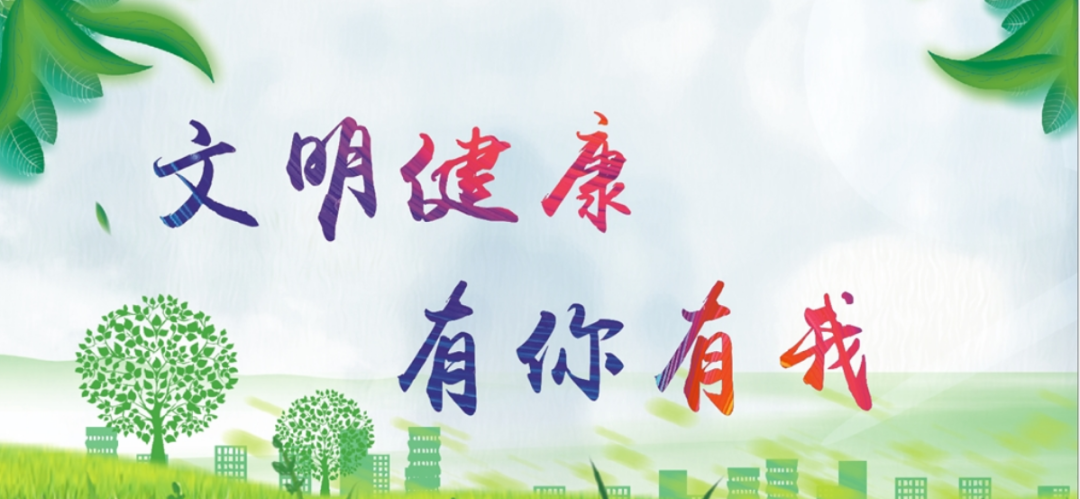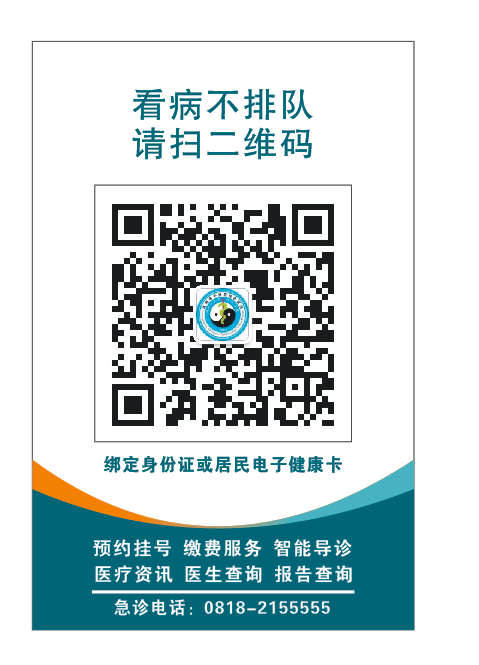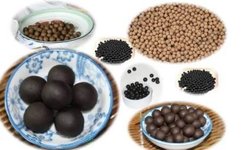

Pills are well-known to everyone. In pharmacies or hospitals, about 80% of the traditional Chinese medicines (TCM) encountered are in pill form, such as Liu Wei Di Huang Wan (Six-Ingredient Rehmannia Pill) for treating kidney yin deficiency, Shen Ling Bai Zhu Wan (Ginseng and Atractylodes Pill) for spleen deficiency, and Bu Zhong Yi Qi Wan (Tonify the Middle and Augment the Qi Pill), among others. But do you really understand pills?
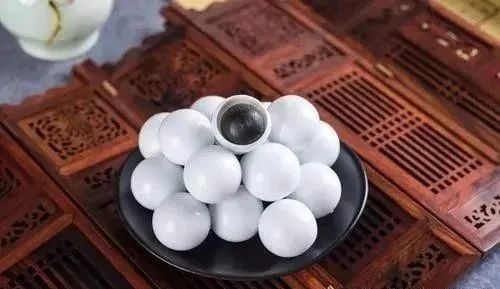
Pills
Pills are made by crushing medicinal substances or preparing extracts, then adding suitable binders to form spherical solid dosage forms, thus creating TCM pills. Compared to decoctions, pills are absorbed more slowly. They have a prolonged effect, save medicinal materials, and are convenient for consumption and transport.
The earliest medical text in China, the Nei Jing, records the “Four Black Bone – Ru Pill.” Early pills developed from decoctions. Over the years, TCM practitioners have widely applied them in clinical practice, resulting in a diverse range of finely prepared pills with increasingly refined theories.
The classical Chinese medical text Shen Nong Ben Cao Jing states: “Medicinal properties are suitable for pills.” The Yu Han Jing mentions: “Pills can expel wind and cold, break accumulations, and dissolve various hard masses.” Su Shen Liang Fang states: “Toxic substances must use pills.” Since the Han and Jin dynasties, it has been proposed that “pills are used for gentle treatment,” and “pills are slow acting.” After ingestion, pills dissolve slowly in the gastrointestinal tract, gradually releasing the medicine, providing a lasting effect. For toxic, potent, or irritating drugs, pills can delay absorption, reducing toxicity and adverse reactions. Pills can accommodate solid, semi-solid, and viscous liquid medicines during preparation; they can also use coatings to mask unpleasant odors. Therefore, pills are often used in clinical treatment for chronic diseases or for patients recovering from illness to harmonize Qi and blood.
Once pills enter the stomach, they continuously exert pharmacological effects as the medicine dissolves. Additionally, pills are small in size, making them convenient for carrying, storing, and consuming, which facilitates long-term use.
Moreover, some TCM herbs contain a large amount of volatile components, which can be lost during decoction, leading to reduced or lost efficacy. For these herbs, pills are necessary to preserve their medicinal effects. Besides preserving the properties of volatile medicines, pills also serve to minimize damage to the body’s vital energy when using potent medicines.
1. Types of Pills
Clinically, pills are classified into different types based on their preparation methods and excipients, including honey pills, water honey pills, water pills, paste pills, wax pills, concentrated pills, and drop pills. Water pills are easy to dissolve, honey pills are slow-acting, paste pills are delayed in action, and wax pills are difficult to dissolve. Their characteristics allow for clinical selection.
Honey Pills: These are pills made from finely powdered herbs using honey as a binder.
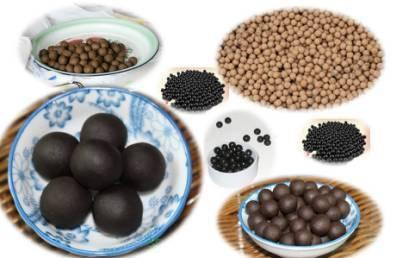
Each pill weighing 0.5g (including 0.5g) or more is called a large honey pill, while those weighing less than 0.5g are called small honey pills.
Honey has the effects of tonifying Qi, nourishing the middle, alleviating pain, moistening the lungs, stopping cough, promoting bowel movements, detoxifying, and preserving. It is rich in nutrients and has a sweet taste, thus honey pills can enhance the nourishing effects of medicines, correct unpleasant tastes, and delay the dissolution and absorption of medicines, resulting in a gentle and prolonged effect. Honey pills are mainly used for nourishing and tonifying varieties or for treating chronic diseases, such as He Che Da Zao Wan (Rehmannia and Cordyceps Pill), Bai Zi Yang Xin Wan (Biota Seed Heart Nourishing Pill), and Wu Ji Bai Feng Wan (Black-Bone Silkie and Phoenix Pill).
Additionally, due to the soft texture of honey pills, they can be easily made into smaller doses or dissolved in water, and can also be used to prepare pediatric pills, such as Xiao Er Zhi Bao Ding (Children’s Treasure Pill), Miao Ling Dan (Miraculous Spirit Pill), and Yu Ying Jin Dan (Infant Gold Pill). Precious and volatile medicines can also be made into honey pills, such as Niu Huang Qing Xin Wan (Cattle Gallbladder Heart-Soothing Pill) and Wu Ji Bai Feng Wan.
Water Honey Pills: These are pills made from finely powdered herbs using honey and water as binders.
They are generally suitable for tonifying agents made into pills. The characteristics of water honey pills are similar to honey pills, with slow and prolonged effects. After drying, they have low moisture content, making them easy to store and consume, such as Bu Zhong Yi Qi Wan, Gui Fu Di Huang Wan (Cinnamon and Rehmannia Pill), and Bai He Guo Jin Wan (Lily and Golden Pill).
Water Pills: These are pills made from finely powdered herbs using water (or other binders like yellow wine, vinegar, diluted medicinal juice, or syrup) as a binder.
Water pills are small, with a dense and smooth surface, making them easy to swallow and not prone to moisture absorption; they generally dissolve faster than honey pills, facilitating absorption. They are usually suitable for releasing the exterior, clearing heat, and digestive agents, such as Xiao Yao Wan (Free and Easy Wanderer Pill), Niu Huang Shang Qing Wan (Cattle Gallbladder Upper Clear Pill), and Fang Feng Tong Sheng Wan (Siler and Ginseng Pill).
Paste Pills: These are pills made from finely powdered herbs using rice flour, rice paste, or wheat paste as a binder.
Paste pills are harder after drying, and their disintegration time is slower than that of water and honey pills. After oral administration, they can prolong the medicinal effect and reduce gastrointestinal irritation. Therefore, formulas containing strong stimulants, highly toxic substances, or those requiring slow absorption in the body are often prepared as paste pills, such as Xi Huang Wan (Rhinoceros Horn Pill), Xiao Jin Wan (Small Gold Pill), Qing Zhou Bai Wan Zi (Qingzhou White Pill), and Zhou’s Resuscitation Pill.
Wax Pills: These are pills made from finely powdered herbs using beeswax as a binder.
Since beeswax is solid at room temperature, it melts slowly after ingestion, and wax pills do not disintegrate in the stomach but are expelled from the body intact, similar to modern capsule formulations, thus serving as long-acting preparations. Adjusting the amount of wax can allow wax pills to dissolve in the intestines rather than the stomach, preventing toxicity or strong irritation to the stomach.
Therefore, if a formula contains many highly toxic or strongly irritating substances, or requires absorption in the intestines, wax pills can be used. Commonly used clinical examples include San Huang Bao La Wan (Three Yellow Treasure Wax Pill), Shu Mi Cun Jin Dan (Millet Gold Pill), and Fu Ke Tong Jing Wan (Gynecological Regulating Pill).
2. Preparation Process
(1) Prescription
Chinese medicinal pieces are the main component of pills. After detailed differentiation analysis through observation, listening, questioning, and pulse-taking, the doctor prescribes based on the principles of differentiation and treatment, tailored to the patient’s constitution and condition, requiring a unique prescription for each patient. Therefore, patients need to provide detailed medical history for the doctor’s reference during differentiation.
(2) Ingredients
Chinese medicinal pieces are produced by companies specializing in refined medicinal pieces to ensure production quality. TCM pills are pure herbal preparations, with only a few auxiliary materials, such as honey, added, without any other components.
(3) Grinding
After processing and qualifying the herbs in the prescription, they are crushed and passed through a 100-mesh sieve for later use.
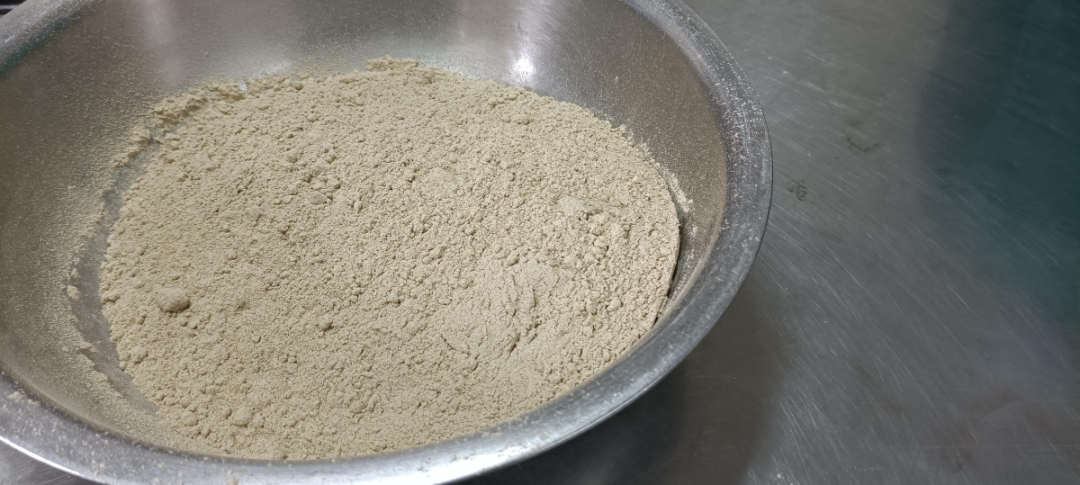
(4) Mixing
Honey is added to the powdered herbs, and using chopsticks, the mixture is stirred as if kneading dough, gradually combining the honey with the herb powder until a cohesive mass is formed (along with other auxiliary materials).
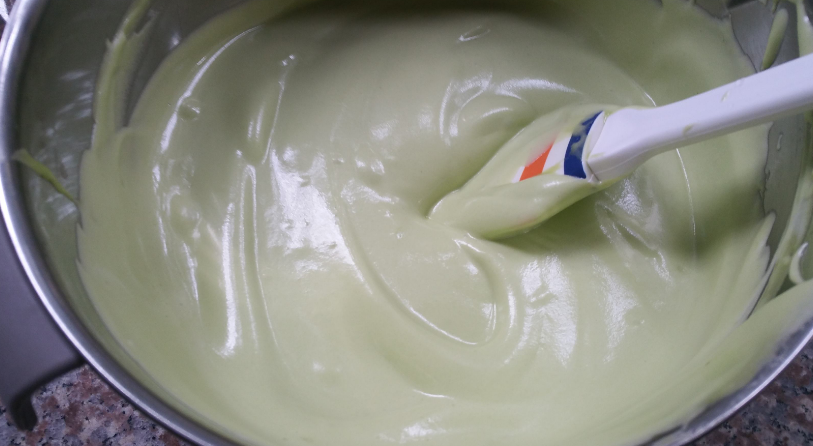
(5) Shaping and Rolling
The mixed mass is rolled into strips and cut into sections according to the marked scale on the board, with each section rolled into a pill.
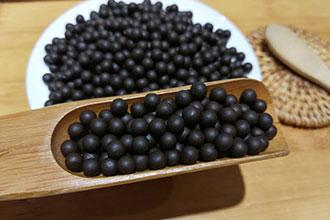
(6) Drying and Packaging
The prepared water pills should be promptly dried at low temperatures.
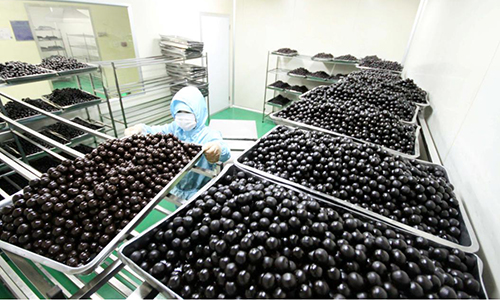
Today, we will stop here. In the next issue, our pharmacy experts will continue to share knowledge!

Text/Images: Pharmacy Department Liu Yimin
Editor: Publicity and United Front Work Department Zhang Jinyue
Reviewer: Publicity and United Front Work Department Zhou Yan

